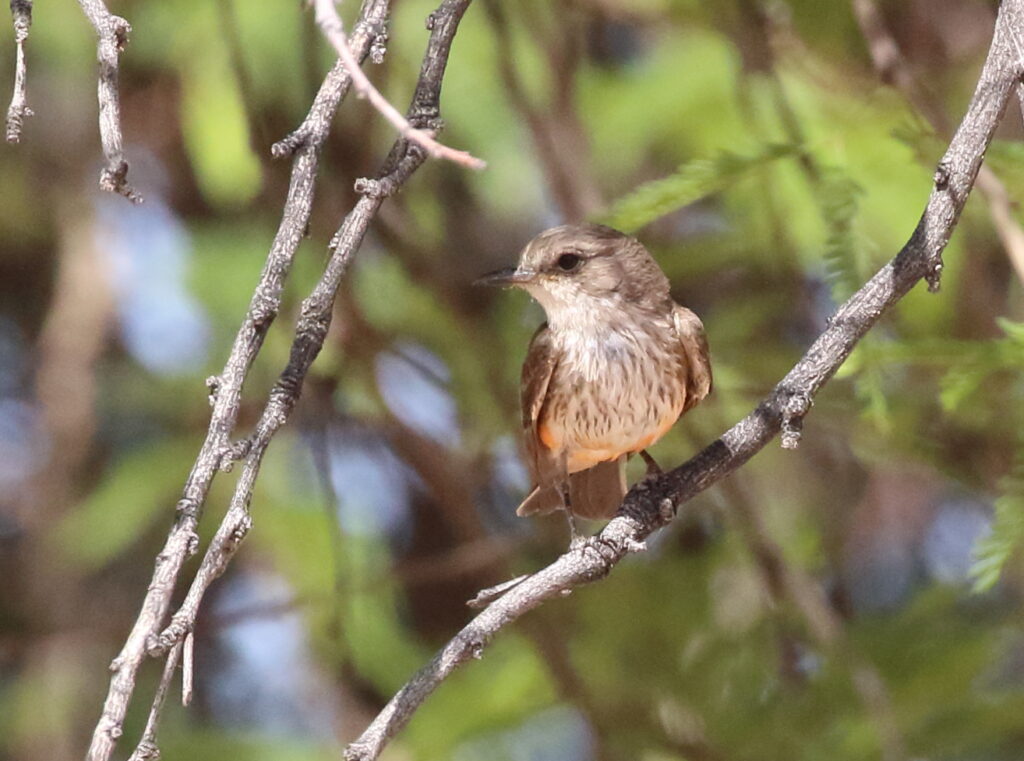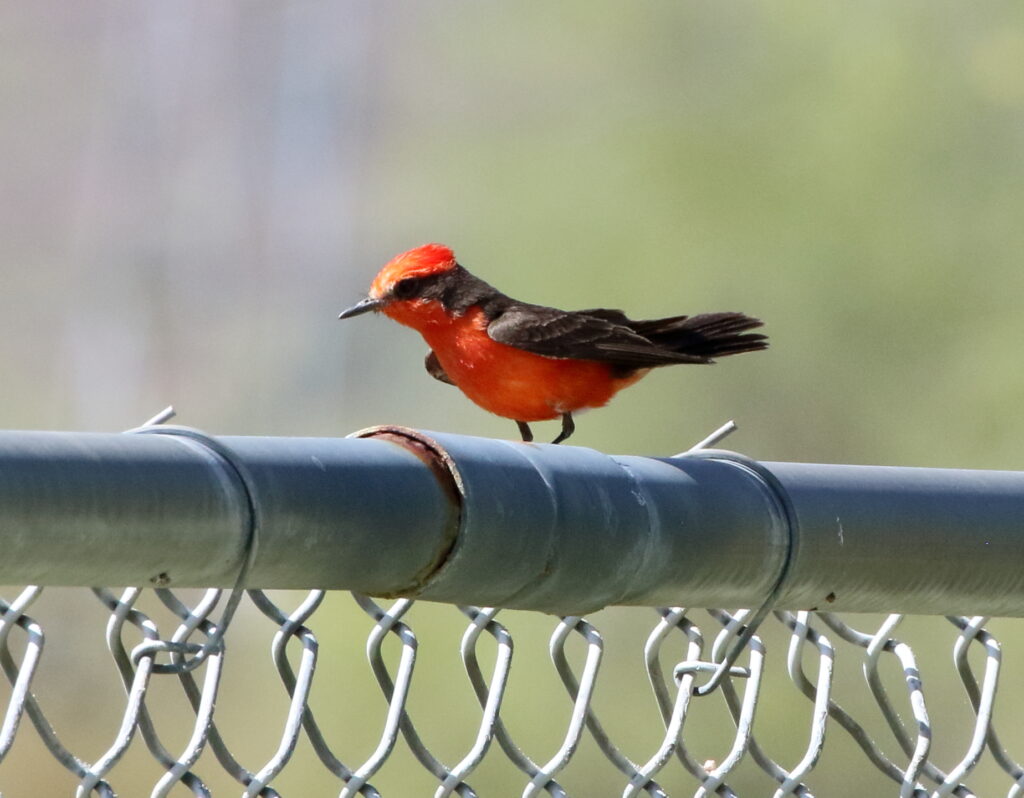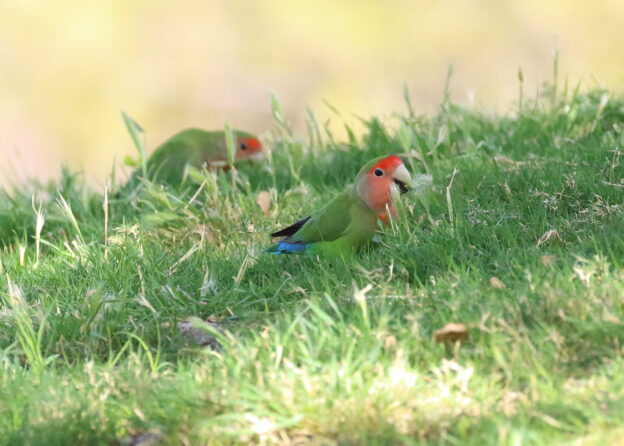It’s been a while since we posted, and that’s no accident. When Braden landed a field job monitoring Northern Goshawks in California’s Sierras for the summer, I impulsively offered to drive him there—via Arizona and Southern California. We had wanted to return to Arizona since falling in love with the state during our Big Year in 2016. The fact that Braden was out to smash his own Big Year record with a goal of 400 species made the argument even stronger, especially after he and Nick Ramsey had ransacked the state of Florida only weeks before, followed by our amazing time birding New York City. So on May 22, rashly ignoring the price of gasoline, Braden and I made a beeline down Interstate 15, pulling over to pick up Thick-billed Longspurs near Dillon, Sage Thrashers and Rock Wrens in southern Idaho, and Burrowing Owls and phalaropes at Antelope Island near Salt Lake City. After a short, peaceful night in Kanab and a stop to ogle the rapidly disappearing Lake Powell, we rolled into Phoenix for our first major Arizona stop of the trip: Prospector Park, east of Phoenix.
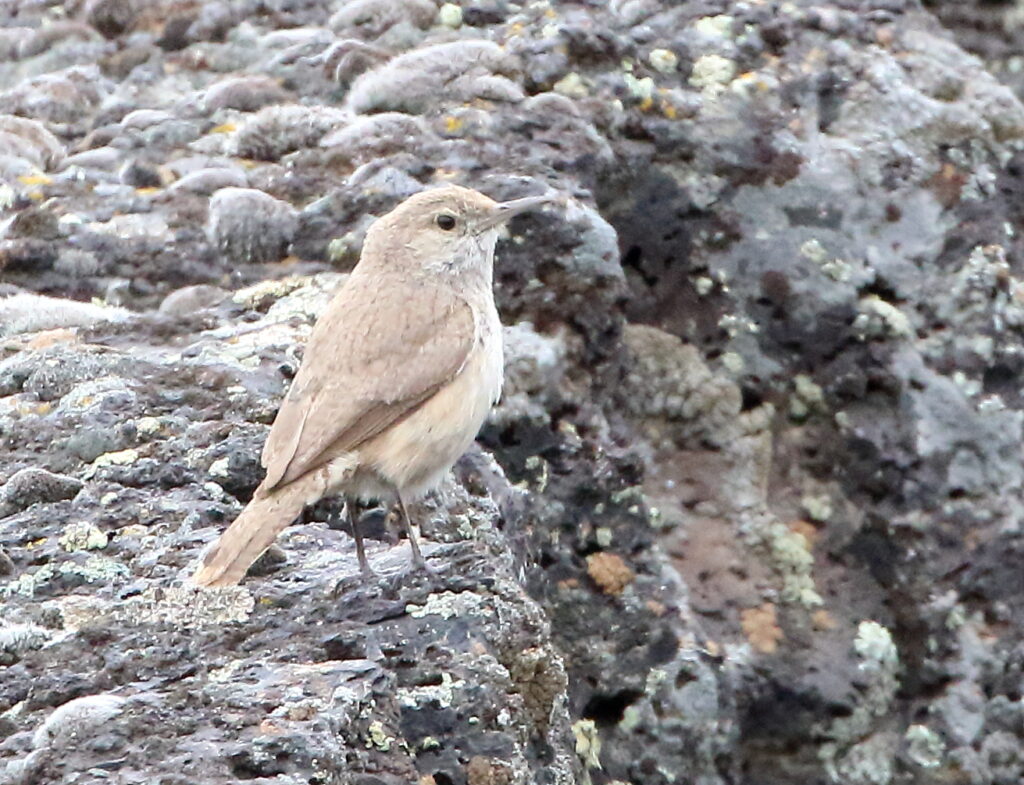
As usual, Braden ferreted out our hotspots for the trip and Prospector Park blew away all expectations. An unlikely-looking suburban park with playing fields and lots of lawn, we tumbled out of the car and began racking up Life Birds before we could utter “Holy Bird, Batman!” As soon as he raised his binoculars to his eyes, Braden called out “Abert’s Towhee!” Five minutes later, “Gilded Flicker”—the last ABA woodpecker I needed for my Life List. This was not to mention the gobs of Year Birds Braden needed to advance toward his magic 400 number. In fact, one of the great things about Arizona is that for Montanans, almost every bird we see is likely to be a Year Bird. Verdin, Ladder-backed and Gila Woodpeckers, Vermillion Flycatcher, Lucy’s Warbler, Gambel’s Quail, Curved-billed Thrasher—and another Lifer, Bendire’s Thrasher. For a birder, Arizona truly is a pot ‘o gold.
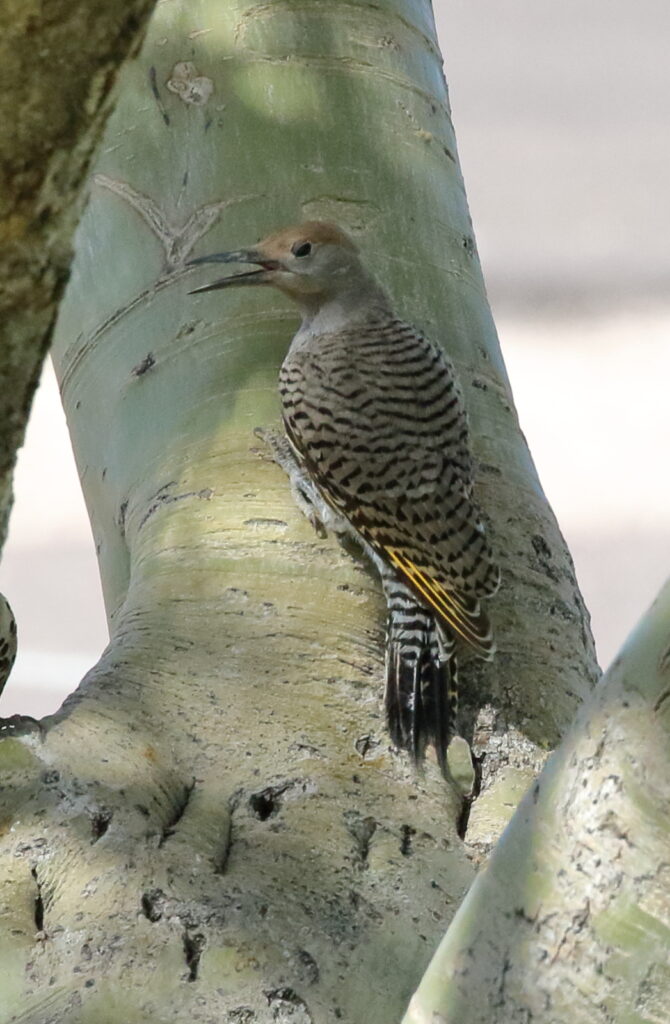
Not for the first time, one of our most fun finds turned out not to be a native species, but an exotic. We were completing our circuit around the park when we noticed a group of (I think) Mennonite birders staring at something in the grass. We couldn’t tell what they were until green shapes flew over to another patch of grass. “Rosy-faced Lovebirds!” Braden called with delight. It was a species he had especially hoped to see—and another Lifer for both of us. We spent a satisfying fifteen minutes just watching these little guys as they gathered grass seed heads—presumably to eat, but perhaps also for nesting material.
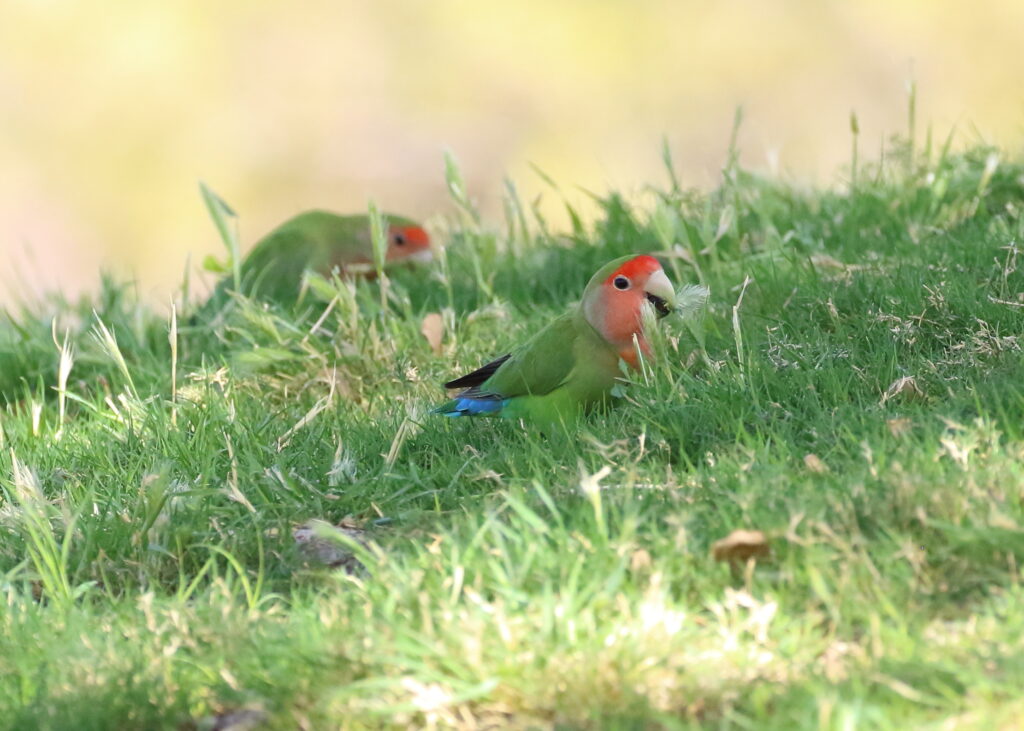
But we had miles to go before we slept, so we reluctantly climbed back in the car for that night’s destination, Safford, where we checked into a cheap motel—only to find bed bugs hiding under the mattress. After quickly getting a refund, we headed to a pricier, bed-bug free place down the street (and yes, we checked the mattresses there, too!) for a welcome, but short night’s sleep. Our two-day, 1270-mile drive had already netted us five Life Birds and raised Braden’s Big Year total from 322 to 345 species—and we hadn’t even reached our first real destination. Would we be able to get Braden to 400? Things were looking good, but in birding as in life, nothing is certain . . .
